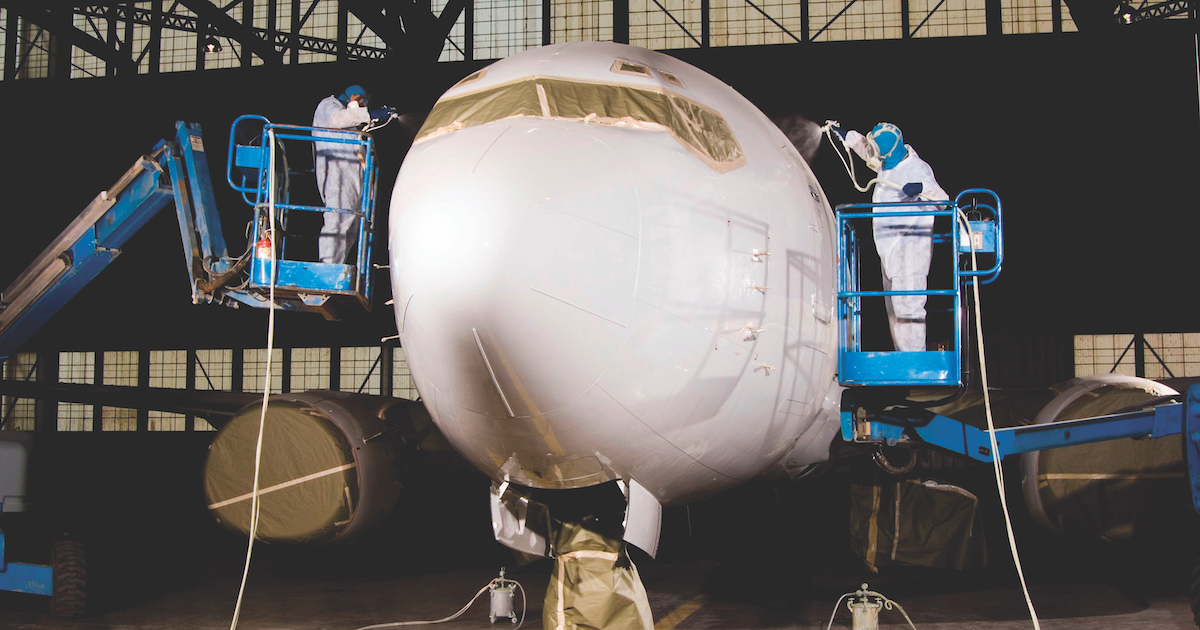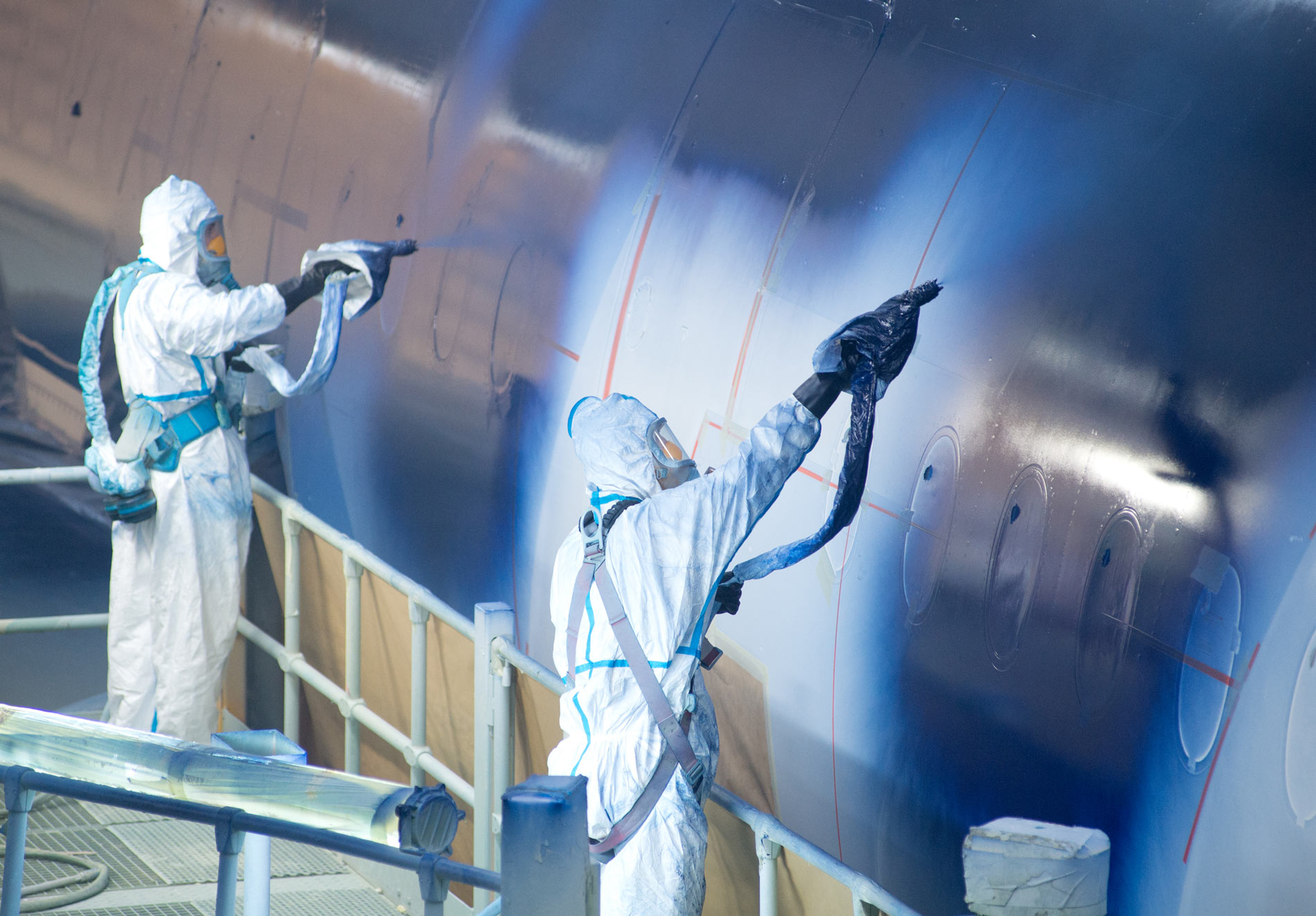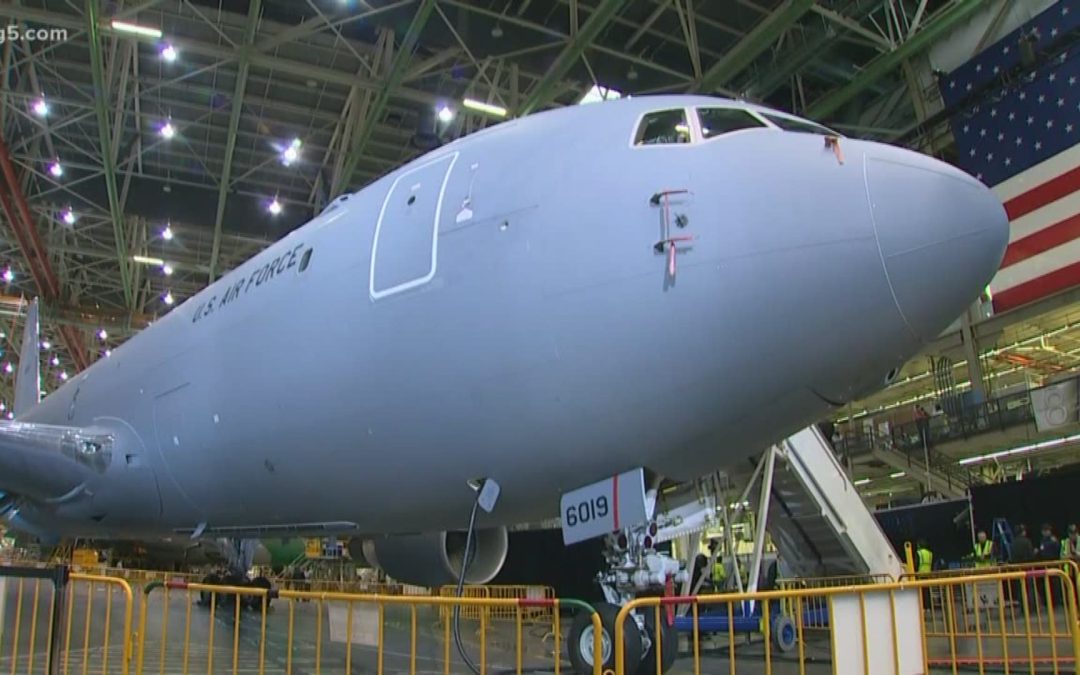The aviation industry has come a long way, particularly in the realms of safety and aesthetics. One of the pivotal aspects where technology intersects with aviation is in the domain of Detecting Flaws in Aircraft Livery with AI-Powered Solutions. This article aims to shed light on how artificial intelligence (AI) is revolutionizing the way aircraft liveries are inspected and maintained.

Introduction to Aircraft Livery Inspection
Aircraft livery is more than just a paint job; it is the face and branding of an airline. Over time, the paint can develop cracks, chips, and other imperfections. Traditionally, human inspectors have been responsible for detecting these flaws, but this method can be time-consuming and prone to error.
The Role of AI in Modern Aviation
The adoption of AI in various industries has been nothing short of tremendous. In aviation, AI is being utilized to enhance several aspects, including maintenance, safety, and quality assurance. By integrating AI into livery inspection, airlines can now conduct faster and more accurate inspections.
How AI-Powered Solutions Work
AI-powered solutions for detecting flaws in aircraft livery leverage advanced algorithms and machine learning techniques. These systems are equipped with high-resolution cameras and sensors that capture every detail of the aircraft’s exterior. The data collected is then analyzed in real-time to identify any discrepancies or imperfections.
Data Collection
AI systems utilize a combination of high-resolution imaging and various sensors to gather detailed data. This data is then fed into machine learning algorithms, which have been trained to recognize both common and rare types of livery flaws.
Real-Time Analysis
One of the most significant advantages of using AI is its ability to conduct real-time analysis. As the images and data are captured, the AI system can immediately identify anomalies, making the inspection process significantly faster.
Benefits of AI-Powered Livery Detection
The benefits of using AI for detecting flaws in aircraft livery are multifaceted. From enhanced accuracy to reduced inspection times, here are some key advantages:
Enhanced Accuracy
AI systems are highly accurate in identifying flaws. Unlike human inspectors, who may overlook small imperfections, AI can spot even the tiniest defects, ensuring a high level of quality control.
Time Efficiency
Traditional inspections can take several hours or even days, depending on the size of the aircraft. With AI, the inspection time is drastically reduced, allowing aircraft to return to service much quicker.
Cost Savings
Fast and accurate inspections mean fewer resources are wasted. Airlines can save money on labor costs and reduce the downtime of their fleet, thereby improving overall efficiency.
Improved Safety
Accurate inspections are not just about aesthetics; they are also about safety. By ensuring that the livery is in perfect condition, airlines can prevent potential issues that could lead to more significant problems down the line.
Challenges and Considerations
While the advantages are clear, the implementation of AI-powered solutions in livery inspection does come with its own set of challenges.
Initial Implementation Costs
The initial cost of setting up AI systems can be high. However, the long-term benefits often outweigh the initial investment.
Training and Adaptation
Both the AI system and the personnel need to be trained. The AI algorithms require extensive training to recognize various types of flaws, and the staff needs to adapt to the new technology.
Data Security
Since AI systems rely heavily on data, ensuring the security of this data is crucial. Airlines must invest in robust cybersecurity measures to protect sensitive information.
Case Studies
Several airlines have already begun to implement AI-powered solutions for livery inspection. These case studies highlight the effectiveness and advantages of using AI in this context.
Case Study 1: Delta Airlines
Delta Airlines has integrated AI into its maintenance routine. By using high-resolution imaging and real-time data analysis, they have reduced their inspection times by 50% and improved accuracy by 30%.
Case Study 2: Emirates
Emirates has also adopted AI technologies for livery inspection. The airline reports significant cost savings and enhanced safety measures as a result of this integration. [Learn more](https://monroeaerospace.com/blog/6-facts-about-airplane-paint/?srsltid=AfmBOoqz672Y2mOKOqF_kFN6TASGXP47BV6xCXz70PcvAleZ7V_Ar8ny) (Blue No follow)
The Future of AI in Aircraft Maintenance
The future looks bright for AI in aviation. As technology continues to evolve, we can expect even more advanced solutions for aircraft maintenance and livery inspection. Future advancements may include the use of drones equipped with AI for even more efficient inspections.
Integration with Other Systems
The integration of AI with other systems like predictive maintenance and automated repair can create a holistic approach to aircraft maintenance, further enhancing efficiency and safety.
Global Standards
As more airlines adopt AI-powered solutions, we may see the development of global standards for livery inspection. These standards can help ensure consistency and reliability across the industry.
Internal Links
A High-Speed Tachometer system sends information to the indicator (https://strobox.ai/what-unit-in-a-tachometer-system-sends-information-to-the-indicator-2/)
A Tachometer on an Axial Compressor Turbine Engine (https://strobox.ai/what-is-the-primary-purpose-of-the-tachometer-on-an-axial-compressor-turbine-engine-2/)
Semiconductor Manufacturing Inspection (https://strobox.ai/high-speed-semiconductor-manufacturing-inspection/)
External Links
Monroe Aerospace Article
[6 Facts About Airplane Paint](https://monroeaerospace.com/blog/6-facts-about-airplane-paint/?srsltid=AfmBOoqz672Y2mOKOqF_kFN6TASGXP47BV6xCXz70PcvAleZ7V_Ar8ny)
FAQs
1. How does AI improve the accuracy of livery inspections?
AI systems utilize advanced imaging and machine learning algorithms to identify even the smallest imperfections, ensuring a higher level of accuracy compared to traditional methods.
2. What are the cost implications of implementing AI-powered solutions?
While the initial setup costs can be high, the long-term benefits such as reduced labor costs and minimized downtime often outweigh the initial investment.
3. Is the data collected by AI systems secure?
Airlines must invest in robust cybersecurity measures to protect the sensitive data collected by AI systems.

Conclusion
The integration of AI-powered solutions for detecting flaws in aircraft livery marks a significant advancement in the aviation industry. With enhanced accuracy, time efficiency, and cost savings, AI is set to revolutionize the way airlines inspect and maintain their fleets.
